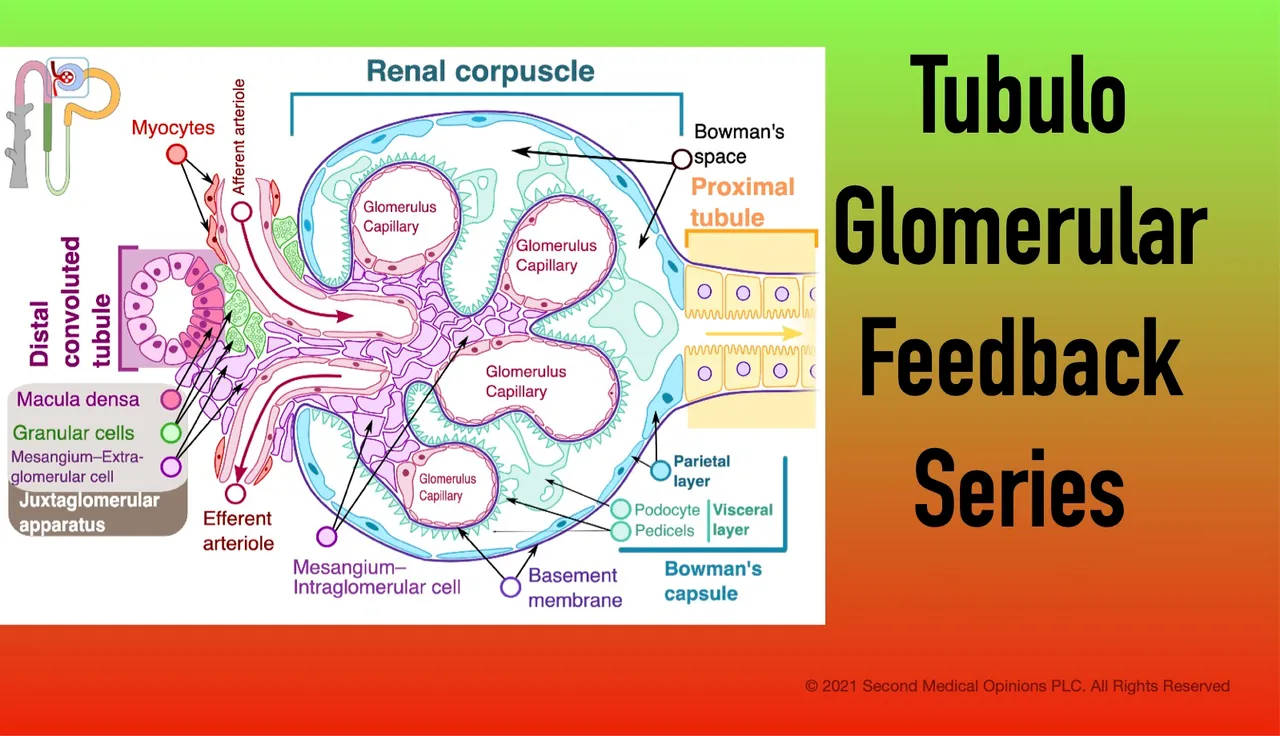
This article shows the activity of angiotensin II with respect to NHE exchangers. It is known that the macula densa (MD) apical exchanger is the NHE2 isoform and the basolateral one is the NH4 isoform.
Angiotensin II stimulates the apical NHE2, acting from the lumen or the interstitium. This other article also shows that angiotensin II stimulates the basolateral NHE4. There are AT1 receptors in the apical and basolateral membranes of the MD cells.
Credits
Renal Corpuscle Image. 2019. Downloaded under a Creative Commons Attribution-Share Alike 4.0 International License from Wikimedia Commons. Author: Shypoetess. No changes were made.
Posts in this series
The Macula Densa Cells May Sense Tubular Salt Content Using a NHE2 Exchanger
The Macula Densa Cells Also Can Sense Sodium and Chloride Concentrations Using the NKCC2 Transporter
MAP Kinases are Activated by Low Tubular NaCl and Stimulate COX-2 Expression
Inhibition of nNOS in the Macula Densa leads to an Exaggerated TGF Response
The Juxtaglomerular Granular Cells are More Numerous in the Afferent Arteriole
Angiotensin II, Mediated by AT1 Receptors, Stimulates Nitric Oxide Release in Afferent Arterioles
Angiotensin II Effects are Different in the Afferent and Efferent Arterioles
Macula Densa Cell Depolarization Mediates Release of ATP When There is Increase in Sodium Chloride
The Extraglomerular Mesangial Cells Participate in the Signaling of the TGF
ATP is Released Through Large Channels at the Basolateral Membrane of the Macula Densa Cells
A1 Adenosine Receptors are Present in the Smooth Muscle of the Afferent Arteriole
ATP Causes Vasocostriction of the Afferent Arteriole Through P2X and P2Y Receptors